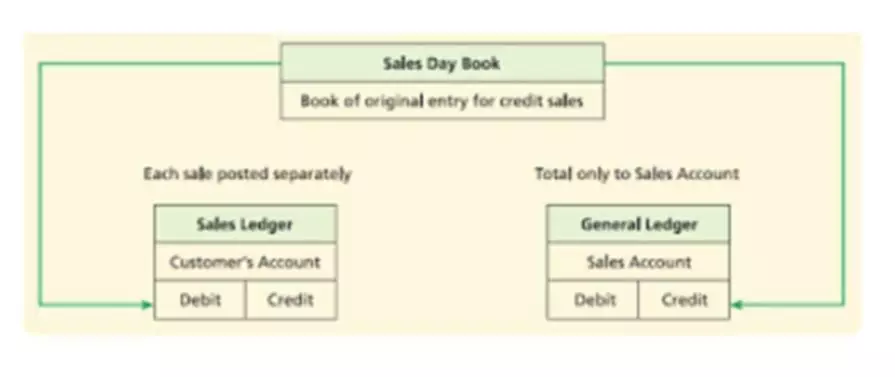Content

The difference between the working capital for two given reporting periods is called the change in working capital. Small business owners use net working capital to better understand their company’s immediate financial health. Finance teams at large companies and corporations also commonly use NWC. Additionally, accountants can calculate and track NWC for clients with ease because accountants create financial statements that show the details needed for the NWC formula. Net working capital (NWC) is also referred to as working capital and is a way to measure a company’s ability to pay off short-term liabilities.
- Net working capital offers a simple way to measure a business’s current liquidity.
- This happens due to the timely payments you make to your suppliers and banking partners.
- However, inadequate Net Working Capital leads to interruptions in production and reduced profitability.
- It’s not to see whether there are more current assets than current liabilities.
- Second, your business’s liquidity position improves and the business risk reduces if you hold large amounts of current assets.
If you’re looking to grow your business, you need to know your net working capital and how it affects your business’s potential. Here, is how working capital with an example of Apple https://www.bookstime.com/articles/change-in-net-working-capital Inc is calculated using Google sheets. The following are the calculation of how you can calculate net working capital along with the calculation of change in working capital.
Current Liabilities
Working capital is a balance sheet definition which only gives you insight into the number at that specific point in time. Increasing your assets while decreasing your liabilities will give you even more capital to work with. For example, refinancing a short-term loan into a long-term loan will result in paying more interest.

It’s also important for fueling growth and making your business more resilient. The working capital ratio shows the ratio of assets to liabilities, i.e. how many times a company can pay off its current liabilities with its current assets. It is important to understand that short-term debts constitute liabilities in the calculation of the working capital. This is because long-term debts are expected to be paid off over a longer period of time with no immediate cut into the assets. On the other hand, short-term debts can end up causing a major burden.
Ways to Increase Working Capital
As stated earlier, the Net Working Capital is the difference between the current assets and current liabilities of your business. Any change in the Net Working Capital refers to the difference between the Net Working Capital of two executive accounting periods. Such obligations may include payments for purchasing raw materials, wages, and other operating expenses. That is timely payment to your creditors and bankers ensures a regular supply of goods and short-term loans. Thus, Net Working Capital aims to provide funds to finance your current assets by current liabilities.
How do you calculate change in working capital?
Change in Net Working Capital is calculated as a difference between Current Assets and Current Liabilities. So higher the current assets or the lower the current liabilities, the higher will be the net working capital.
A positive net working capital means that the company is able to pay all its debts without having to take on further loans or investments. The company has enough cash to repay its dues, while also focusing on improving the business. Conversely, a negative NWC is when a company’s liabilities are far greater than what it can afford to pay.
Net Working Capital Formula
This metric is used mainly to assess if the company is an investment risk. Current assets are any assets that a business can reasonably expect to sell or use to cover operating costs for the year or the current operation cycle. Also known as a total debt-to-asset ratio, it is used to measure your company’s debt in relation to its assets. Also, such businesses make payments toward outstanding expenses using cash. Therefore, it is important for small businesses to allocate their resources in a proper way and improve their cash management. This means this amount is sufficient to pay off the current liabilities.
A company may elect to increase its inventory levels in order to improve its order fulfillment rate. LiveFlow is one of the best platforms for managing your company’s small business accounting processes. With useful templates and a ton of great features that automate the most complex accounting processes, LiveFlow can help you take the stress out of your business bookkeeping procedures.
Operating Working Capital or Non Cash Working Capital
Then, you can subtract the expense from your gross fixed assets and gross intangible assets to get the net values. Working capital is the amount of money a company has available to pay for day-to-day expenses such as raw materials and salaries. Changes in working capital can be a red flag, particularly for small businesses that cannot afford to wait for cash flow to even out. If your business is showing a negative change in net working capital, it’s time to investigate the cause. Imagine if Exxon borrowed an additional $20 billion in long-term debt, boosting the current amount of $40.6 billion to $60.6 billion. For instance, let’s say that a company’s accounts receivables (A/R) balance has increased YoY while its accounts payable (A/P) balance has increased as well under the same time span.

